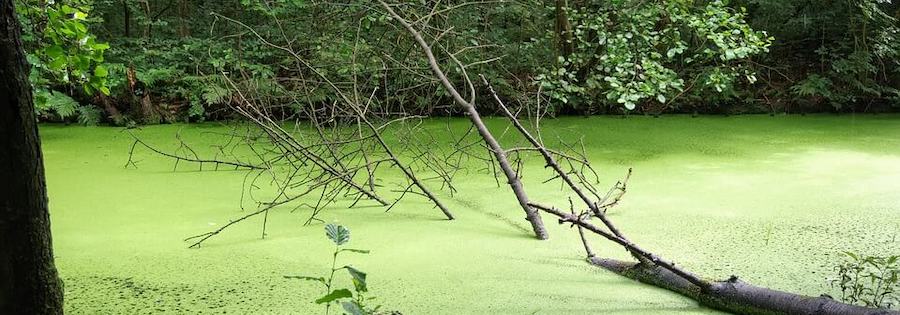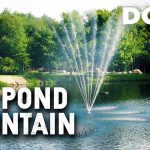Duckweed, a common aquatic plant, can quickly take over ponds and water bodies if left unmanaged. Its rapid growth can lead to issues such as oxygen depletion, foul odors, and an unsightly appearance. Controlling duckweed is essential to maintain a healthy aquatic ecosystem. In this article, we will discuss effective methods to control duckweed in a pond.

Credit: www.coastalspray.com
Understanding Duckweed
Duckweed is a free-floating aquatic plant that consists of small, round leaves that float on the water’s surface. It reproduces rapidly through budding, allowing it to spread quickly and cover the entire surface of a pond. Duckweed thrives in nutrient-rich water and sunlight, making it a common nuisance in ponds, lakes, and other water bodies.

Credit: www.killlakeweeds.com
Methods to Control Duckweed
Controlling duckweed requires a combination of methods to effectively manage its growth and prevent it from taking over the pond. Here are some proven methods to control duckweed:
1. Manual Removal
One of the simplest ways to control duckweed is by manually removing it from the pond. You can use a rake or a pond skimmer to skim the duckweed off the surface of the water. Regularly removing duckweed can help reduce its population and prevent it from spreading further.
2. Biological Control
Introducing natural predators of duckweed, such as certain species of fish, can help control its growth. Fish like koi, grass carp, and tilapia feed on duckweed, keeping its population in check. However, it is essential to research the specific fish species that are safe to introduce to your pond and compatible with the existing ecosystem.
3. Aeration
Improving the pond’s aeration can help control duckweed growth. Aeration introduces oxygen into the water, which can inhibit duckweed growth and promote the growth of beneficial aquatic plants. Installing a fountain or aerator can help improve water circulation and oxygen levels in the pond.
4. Chemical Control
Using herbicides is another option to control duckweed growth, but it should be used as a last resort due to potential environmental impact. Selective herbicides designed specifically for aquatic plants can effectively target duckweed while minimizing harm to other aquatic life. It is crucial to follow the manufacturer’s instructions carefully when using herbicides.
5. Shade The Pond
Reducing the amount of sunlight that reaches the pond’s surface can help control duckweed growth. Planting trees or installing shade sails around the pond can create shade, limiting the sunlight available for duckweed to thrive. However, it is essential to strike a balance to ensure that other aquatic plants receive sufficient sunlight for growth.
Preventing Duckweed Growth
Prevention is key to controlling duckweed in a pond. By following these preventive measures, you can reduce the likelihood of duckweed infestation:
1. Reduce Nutrient Levels
Excessive nutrients in the water can fuel duckweed growth. Avoid over-fertilizing surrounding plants and lawns, as the runoff can introduce nutrients into the pond. Implementing a buffer zone of native plants around the pond can help filter out excess nutrients before they reach the water.
2. Regular Maintenance
Regularly inspecting the pond for signs of duckweed and other aquatic weeds can help catch the infestation early. Implement a maintenance schedule that includes manual removal, aeration, and other control methods to prevent duckweed from spreading.
3. Monitor Water Quality
Monitoring the water quality of the pond is essential for preventing duckweed growth. Test the water regularly for nutrient levels, pH, and oxygen content. Maintaining balanced water parameters can create an environment that is less conducive to duckweed growth.
Conclusion
Controlling duckweed in a pond requires a proactive approach that combines manual removal, biological control, aeration, and other methods to manage its growth. Preventive measures such as reducing nutrient levels and regular maintenance are crucial in preventing duckweed infestations. By implementing these strategies, you can maintain a healthy and balanced aquatic ecosystem in your pond.





